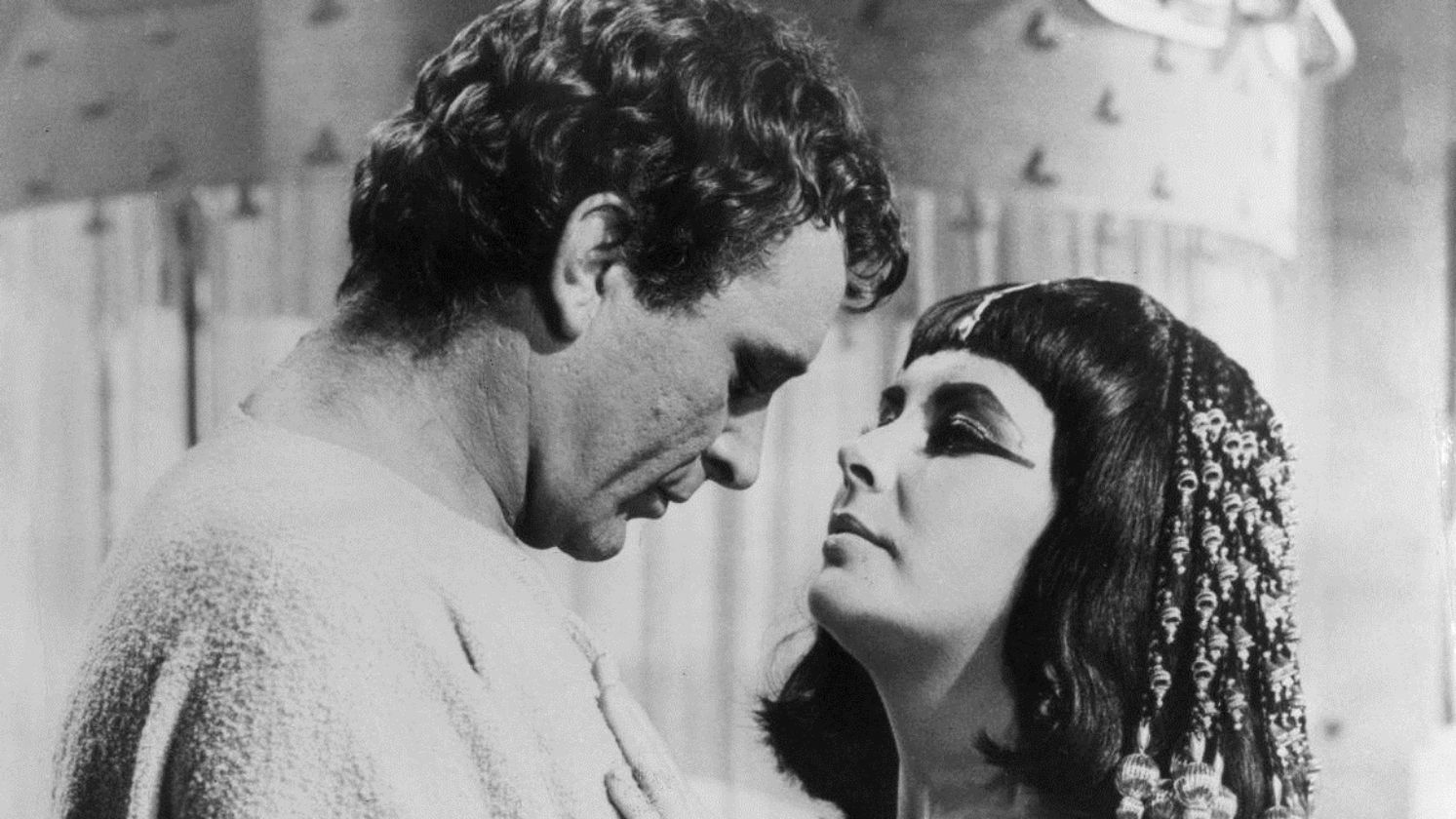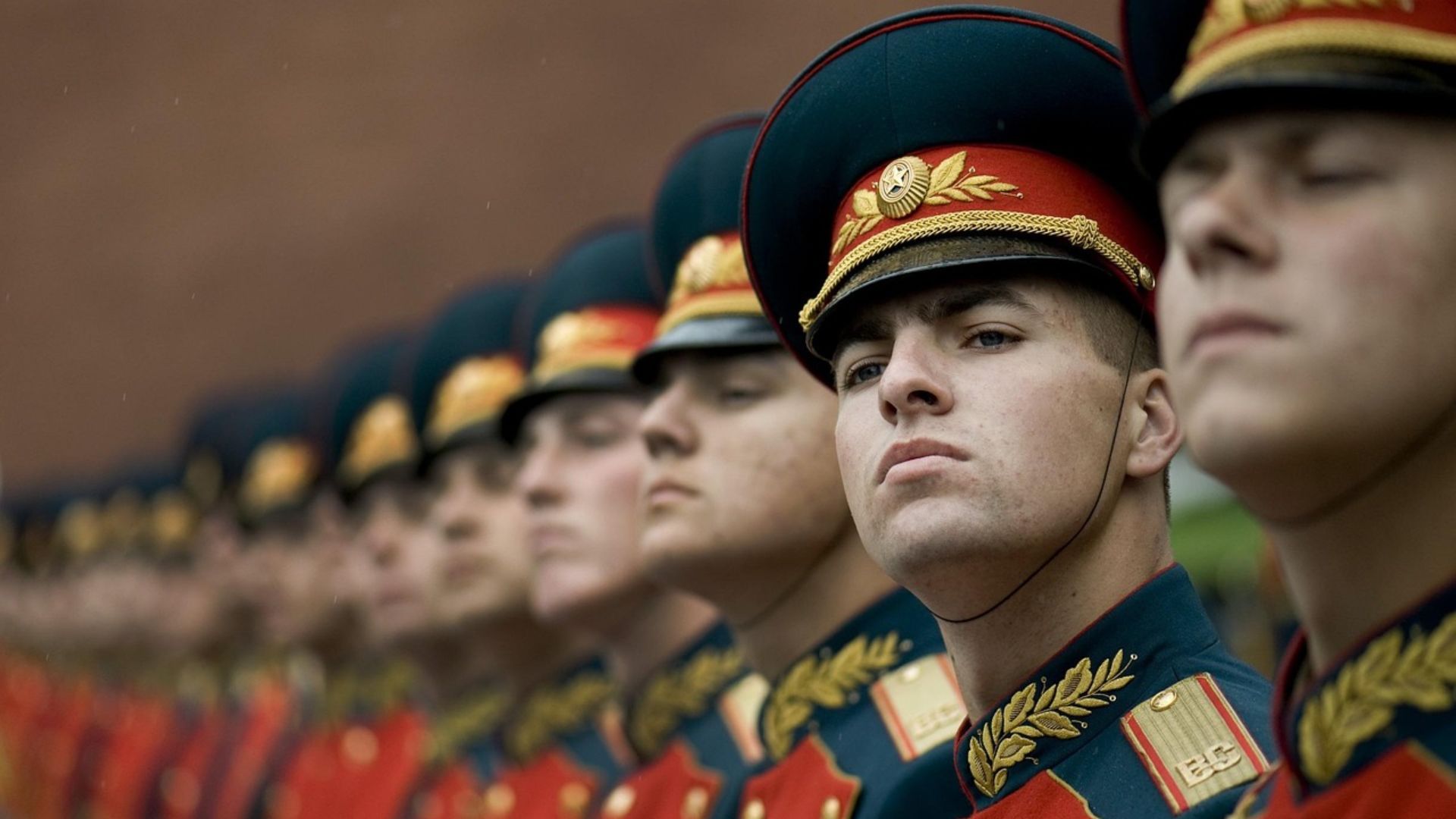How Nations Stack Up
Some nations bulk up their armies like they're bracing for a storm (and perhaps they are). While others keep things lean and allocate almost no resources toward bolstering their military strength. There's a wide spectrum of military power out there. That's what makes comparing the world's largest and smallest armies more interesting than you might expect. First up—let’s take a look at the biggest forces on the planet.
1. China
China's military has over 2 million active-duty soldiers, making it the world's largest standing force. Major reforms launched in 2015 reshaped strategy and command structure. Today, the People's Liberation Army mixes overwhelming manpower with investments in cyber warfare and artificial intelligence.
2. India
This country's defense story spans centuries of warfare and peacekeeping roles. Its active military stands among the largest globally, with over 1.4 million active personnel. Mountain divisions and maritime strategy shape India's diverse operational readiness across different terrains and threats.
3. United States
Strategic positioning defines the United States' military posture at home and abroad. Global partnerships and quick deployment models dominate defense planning. The country currently fields around 1.3 million active-duty troops, supported by unmatched logistics, aerospace power, and technological supremacy.
 U.S. Army 522dMIBN by Jordan Pearson on Wikimedia
U.S. Army 522dMIBN by Jordan Pearson on Wikimedia
4. North Korea
North Korea maintains nearly 1.2 million active soldiers despite a struggling economy and heavy sanctions. The military-first policy (Songun) prioritizes size over equipment modernization. Much of its arsenal remains outdated, but its massive standing army remains a significant regional factor.
 uriminzokkiri.com on Wikimedia
uriminzokkiri.com on Wikimedia
5. Russia
Expansive geography and historic conflicts forged Russia's formidable military outlook. Soviet doctrines still influence current operations and modernization efforts. Russia today supports approximately 1 million active-duty personnel, investing heavily in missile forces and multi-domain battleground preparedness.
 Vyacheslav Argenberg on Wikimedia
Vyacheslav Argenberg on Wikimedia
6. Pakistan
The army's influence extends beyond Pakistan's borders, shaping both regional diplomacy and internal governance. National security strategy combines nuclear deterrence with conventional forces. With approximately 654,000 active-duty soldiers, Pakistan’s military plays an essential role in South Asian security discussions.
7. Iran
Iran maintains about 610,000 active military personnel to blend conventional forces with unconventional regional networks. Its strategy hinges on asymmetric tactics and ballistic missile developments. This blend of traditional and modern warfare doctrines extends Tehran's reach without confrontation.
 Mohammadreza Abbasi on Wikimedia
Mohammadreza Abbasi on Wikimedia
8. South Korea
Border vigilance shapes life in South Korea, where service is part of national identity. Readiness drills and technology upgrades maintain operational superiority. South Korea today operates a standing military of over 500,000 active-duty soldiers, positioned to respond rapidly to northern aggression.
 SGT Mikki Sprenkle on Wikimedia
SGT Mikki Sprenkle on Wikimedia
9. Vietnam
From its origins in historical resistance movements, Vietnam's armed forces have evolved into a modern military. Today’s strategic focus includes coastal defense and building regional partnerships. The force includes approximately 482,000 active-duty troops who blend guerrilla experience and modern conventional tactics.
 DoD photo by Helene C. Stikkel. (Released) on Wikimedia
DoD photo by Helene C. Stikkel. (Released) on Wikimedia
10. Egypt
Egypt maintains one of the largest and most experienced militaries in the Arab world. Positioned at Africa's crossroads, Egypt plays an important regional defense role. It commands about 450,000 active-duty troops, supported through modernization initiatives and expanded participation in regional peacekeeping operations.
 Sgt. Angela Wilcox on Wikimedia
Sgt. Angela Wilcox on Wikimedia
Some nations get by with forces so small they're almost invisible on the global stage. Let's meet the countries proving that size isn't always the strategy.
1. Vatican City
Vatican City holds the unique distinction of hosting the smallest standing force in the world, the Swiss Guard. Comprising fewer than 150 soldiers, these guards serve more than ceremonial roles. They also provide real, trained protection for the Pope within the tiny sovereign city-state.
 Alberto Luccaroni User:Luccaro on Wikimedia
Alberto Luccaroni User:Luccaro on Wikimedia
2. Saint Kitts And Nevis
This Caribbean nation doesn't rely heavily on a formal army for defense. Instead, domestic law enforcement and regional partnerships play essential roles. Military duties fall to the small Saint Kitts and Nevis Defense Force, numbering around 300 active personnel today.
 St. Kitts Nevis Defence Force Commercial Final by Government-of St-Kitts-and-Nevis
St. Kitts Nevis Defence Force Commercial Final by Government-of St-Kitts-and-Nevis
3. Tuvalu
With a population barely touching 11,000, Tuvalu's security approach remains minimalist. It has no standing army, relying instead on international agreements and neighborly goodwill. Official numbers put Tuvalu's active military at zero, though it maintains small maritime and policing capabilities.
 Tuvalu Police marching on Independence Day by Ross Eden
Tuvalu Police marching on Independence Day by Ross Eden
4. Nauru
Nauru holds the record for having no standing army whatsoever, a choice rooted in geography and policy. Policing and basic security responsibilities fall under its own police force. For external defense, Nauru relies on longstanding agreements with Australia for protection if necessary.
5. San Marino
The Republic of San Marino, situated in Italy, maintains tradition over force. Though it holds the world's oldest constitutional government, its military numbers are tiny. San Marino's defense includes ceremonial units and voluntary militias, counting around 80 active personnel during modern times.
6. Palau
Palau's security model stands apart from most independent nations. Instead of an army, Palau entrusts its defense to an agreement with the United States. In terms of standing forces, Palau keeps no active military troops to focus on internal police and maritime surveillance.
 Palauans In the Military by Ongerung Kambes Kesolei
Palauans In the Military by Ongerung Kambes Kesolei
7. Monaco
Monaco maintains a very small armed unit, primarily composed of palace guards and civil protection forces. While its coastline and high-profile status demand security, day-to-day defense relies heavily on France. Monaco's domestic forces focus more on ceremonial duties and crisis management.
8. Liechtenstein
Choosing neutrality in the late 19th century, Liechtenstein officially abolished its military. Government spending is directed toward internal security instead. Today, the principality has no standing army. The country relies entirely on regional stability and friendly relations with Switzerland and Austria.
 Chairman of the Joint Chiefs of Staff from Washington D.C, United States on Wikimedia
Chairman of the Joint Chiefs of Staff from Washington D.C, United States on Wikimedia
9. Grenada
There is no active military force in modern Grenada. Following the events of the 1980s, defense responsibilities shifted to the Royal Grenada Police Force and the coast guard. Broader defense needs are addressed through partnerships with allied nations.
 Sgt. Clemente Garcia on Wikimedia
Sgt. Clemente Garcia on Wikimedia
10. Dominica
Dominica dissolved its army in 1981, favoring a domestic approach to national security. It handles threats primarily through police and regional cooperation agreements. Today, Dominica fields no active military personnel, standing as an example of sovereignty without dependence on a formal armed force.
KEEP ON READING

20 Disturbing Last Words By Notorious Criminals
What Do You Have to Say For Yourself?. It’s hard…
By Maria Cruz Sep 16, 2025
20 Royal Women Who Defied Expectations
Not Just A Boys' Game. Throughout history, royal women were…
By Emilie Richardson-Dupuis Sep 16, 2025
20 Weird Coincidences That Changed History
Strange Accidents That Shifted Everything. History doesn’t always move like…
By Cameron Dick Sep 15, 2025
The 20 Most Romantic Love Letters In History
Words From The Heart. Love can be one of those…
By Ashley Bast Sep 15, 2025
Family Values: 20 Facts About The Habsburg Dynasty
Learn About This European Powerhouse. The Habsburg Dynasty is one…
By Breanna Schnurr Sep 15, 2025
10 Actors Who Perfectly Played a Historical Figure & 10…
Which Performance is Your Favorite?. Playing the role of a…
By Rob Shapiro Sep 15, 2025








